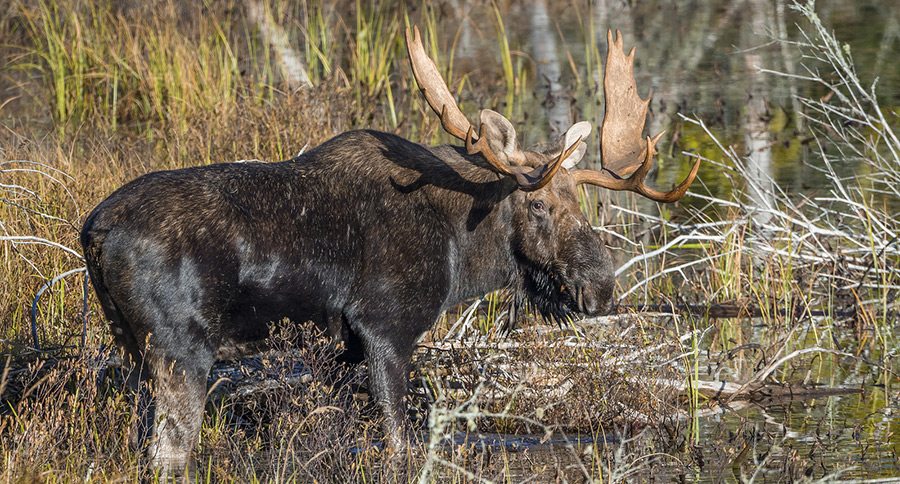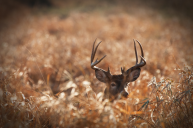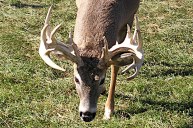Minnesota has been facing a declining moose population. After efforts to identify why, the conclusion is that deer are probably to blame.
According to the Star Tribune, state and tribal biologists have both concluded that a parasite carried by deer is likely the largest contributor to the declining moose population.
Since they have not built up resistance to it like the deer have, they are greatly affected.
The parasite is ingested by the deer and finds its way to the brain where it lays eggs. Eventually the larva is passed through the digestive system spreading the parasite exponentially.
Moose ingest it the same way but do not have the same defense mechanisms as deer.
Scientists acknowledge that there are other contributing factors to the decline of moose, but this parasite could be the largest factor. The state has taken different approaches to deer management to try and benefit the moose, such as adjustments to hunting zones.
Some biologists have suggested aggressive deer hunting as a solution, but the state typically manages deer herds to promote growth. This is because deer hunting is tradition to many Minnesota citizens and is lucrative for the state.
The situation proposed an interesting debate as to how to manage wildlife resources when multiple species are involved. It also demonstrates the importance of hunting for conservation.
NEXT: POSSIBLE WORLD-RECORD DEER SPOTTED IN INDIANA
WATCH




